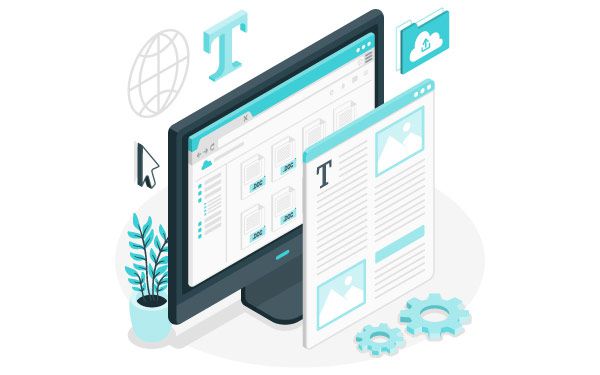Regulatory Publishing Automation Software

Navigating the complex landscape of regulatory publishing just got easier with Regulatory Publishing Automation Software. Manual document processing is not only time-consuming but also prone to errors, leading to compliance risks and submission delays. By leveraging automation, organizations can streamline regulatory workflows, ensuring accuracy, efficiency, and compliance with evolving industry standards. This guide explores how automated publishing solutions are transforming the regulatory landscape and why businesses should adopt them.
The Challenges of Traditional Regulatory Publishing
Regulatory publishing involves compiling, formatting, and submitting essential documents to health authorities like the FDA. This process, when done manually, is often riddled with inefficiencies, including:
- Time-consuming document preparation leading to submission delays.
- Risk of human errors, causing rework and non-compliance issues.
- Lack of standardization, resulting in inconsistent formatting across submissions.
- Difficulty in managing large volumes of regulatory documents for global compliance.
These challenges highlight the necessity of an automated publishing software solution to ensure seamless, accurate, and timely regulatory submissions.
How Automation is Transforming Regulatory Publishing
Regulatory Publishing Automation Software brings a paradigm shift in document processing. By implementing automation, businesses can:
- Accelerate submission processes with pre-configured templates and AI-driven formatting.
- Ensure compliance with built-in validation checks aligned with global regulatory requirements.
- Reduce manual intervention, minimizing errors and improving accuracy.
- Enhance collaboration by allowing multiple teams to work on documents in a centralized system.
- Save operational costs by streamlining document workflows and reducing redundant tasks.
Key Features of an Effective Regulatory Publishing Automation Tool
When choosing an automated publishing software, look for these essential features:
- Automated Document Publishing – Converts files into the required formats (e.g., PDF, XML) while ensuring compliance.
- Regulatory Submission Management – Supports seamless submissions to authorities like FDA, EMA, and other global agencies.
- Built-in Compliance Checks – Identifies errors and non-compliance issues before submission.
- Version Control & Audit Trails – Ensures transparency by tracking document changes and approvals.
- Multi-Region Support – Adapts to various regulatory requirements across different markets.
For an example of robust automated publishing software, explore regulatory publishing automation software, which provides comprehensive regulatory publishing automation solutions.
Selecting the Right Regulatory Publishing Automation Software
With multiple solutions available in the market, selecting the right software is crucial. Consider these factors:
- Ease of Integration – Does it seamlessly integrate with your existing document management systems?
- Scalability – Can it handle your organization’s growing regulatory needs?
- User Experience – Is the interface intuitive and easy to use?
- Customer Support & Training – Does the provider offer proper on boarding and ongoing support?
A platform like automated document publishing ensures a smooth transition with its user-friendly interface and expert guidance.
Best Practices for Implementing Regulatory Publishing Automation
Adopting automation successfully requires strategic planning. Follow these best practices:
- Assess Current Workflows – Identify pain points in your manual publishing process.
- Set Clear Objectives – Define what you want to achieve with automation.
- Engage Key Stakeholders – Involve regulatory teams, IT, and decision-makers for smooth implementation.
- Invest in Training – Ensure employees are well-trained to maximize software benefits.
- Monitor and Optimize – Continuously evaluate system performance and make necessary adjustments.
Real-World Success: Case Studies in Regulatory Publishing Automation
Organizations across various industries have embraced regulatory publishing automation to streamline their operations. Companies utilizing automated publishing software have reported:
- 50% reduction in submission processing time
- 80% fewer document errors
- Increased team productivity and compliance confidence
These case studies illustrate how automation is not just an option but a necessity for businesses aiming to stay competitive.
Conclusion: The Future of Regulatory Publishing is Automated
Regulatory publishing automation software is revolutionizing the way organizations manage submissions, ensuring speed, accuracy, and compliance. As regulatory requirements continue to evolve, investing in automation will be the key to maintaining efficiency and reducing operational burdens. By leveraging solutions like FDA regulatory publishing automation, businesses can optimize their workflows and focus on innovation rather than administrative tasks.
Get the latest updates from Please+Publish
Recent Blogs
Previous Post
Next Post
CONNECT WITH US

Let's talk about how Please+Publish can help you








